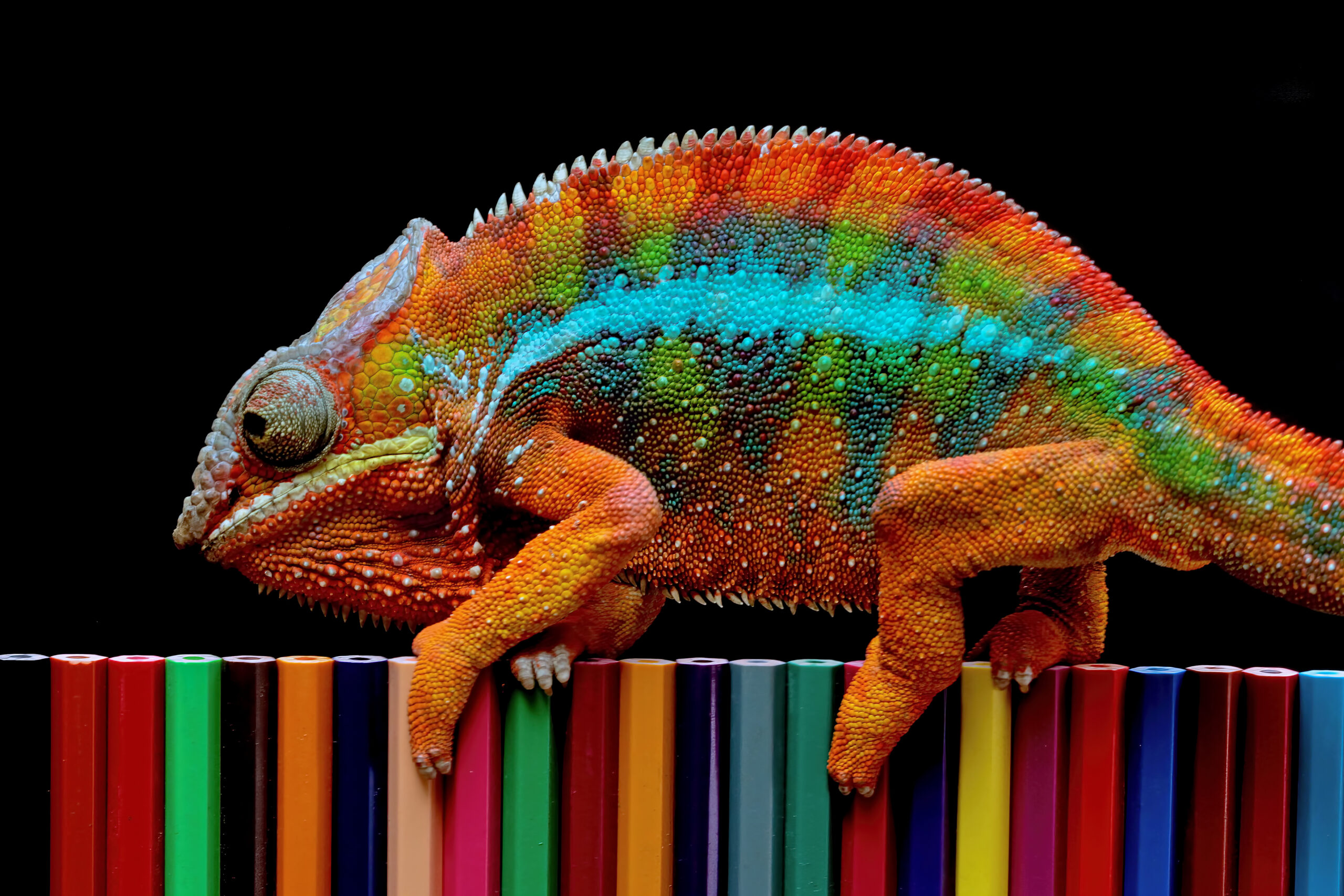
Published on:
When I owned my home care company, I awarded one caregiver per year the coveted “Caregiver of the Year” award. While I had a hard time selecting just one outstanding caregiver among many, this was also a singular way to honor someone whose caregiving service was distinguished and exemplary.
I have long remembered a discussion I had with one such Caregiver of the Year. As Tamika and I were talking about her approach to caring for clients in their homes, she made this comment:
“I often call myself a chameleon because my goal is to blend in.”
That’s precisely what made Tamika such a great caregiver. She blended in with every home she entered. She didn’t come in and tell her clients what to do or how to do it. She let her clients (or their families) decide such things. She didn’t start changing the client’s environment into something that made sense to her. Instead she sought to match the rhythm of life in each client’s home.
She didn’t gossip about the client’s family or friends. She respected the terms and boundaries of her client’s relationships. Indeed, her chameleon-like approach to caregiving led her clients and their families to rave about her. It’s also what ultimately brought her the exclusive Caregiver of the Year award.
The chameleon metaphor is great for home care and respite care agencies to use in training their caregivers on how to approach a job that requires continual adaptation to changing environments.
Every client is different. Every client’s family is different. Every client’s home is different. Instead of trying to superimpose your ways on your client, it’s far more effective to try to blend into your client’s existing environment. Adaptability is therefore one of the secret ingredients to success in home care and respite care. If you’re the manager of a home care or respite care agency, I would encourage you to teach your caregivers the importance of blending in.
You may have heard me say that the performance of caregiving tasks is an ongoing process of adaptation to the emerging needs of the care receiver. That is absolutely true. But beyond caregiving tasks is caregiving context, which also requires caregiver adaptability. The chameleon metaphor—which I learned from one of my best caregivers—is an illustrative and memorable way of conveying a central component of the art of successful home care and respite care providers.
——
Dr. Blight provides custom workforce consulting services for respite care and home care agencies. If you’d like to speak with Dr. Blight about how to better prepare your caregivers or direct support professionals for success, please contact us.
Posted in Caregiving





